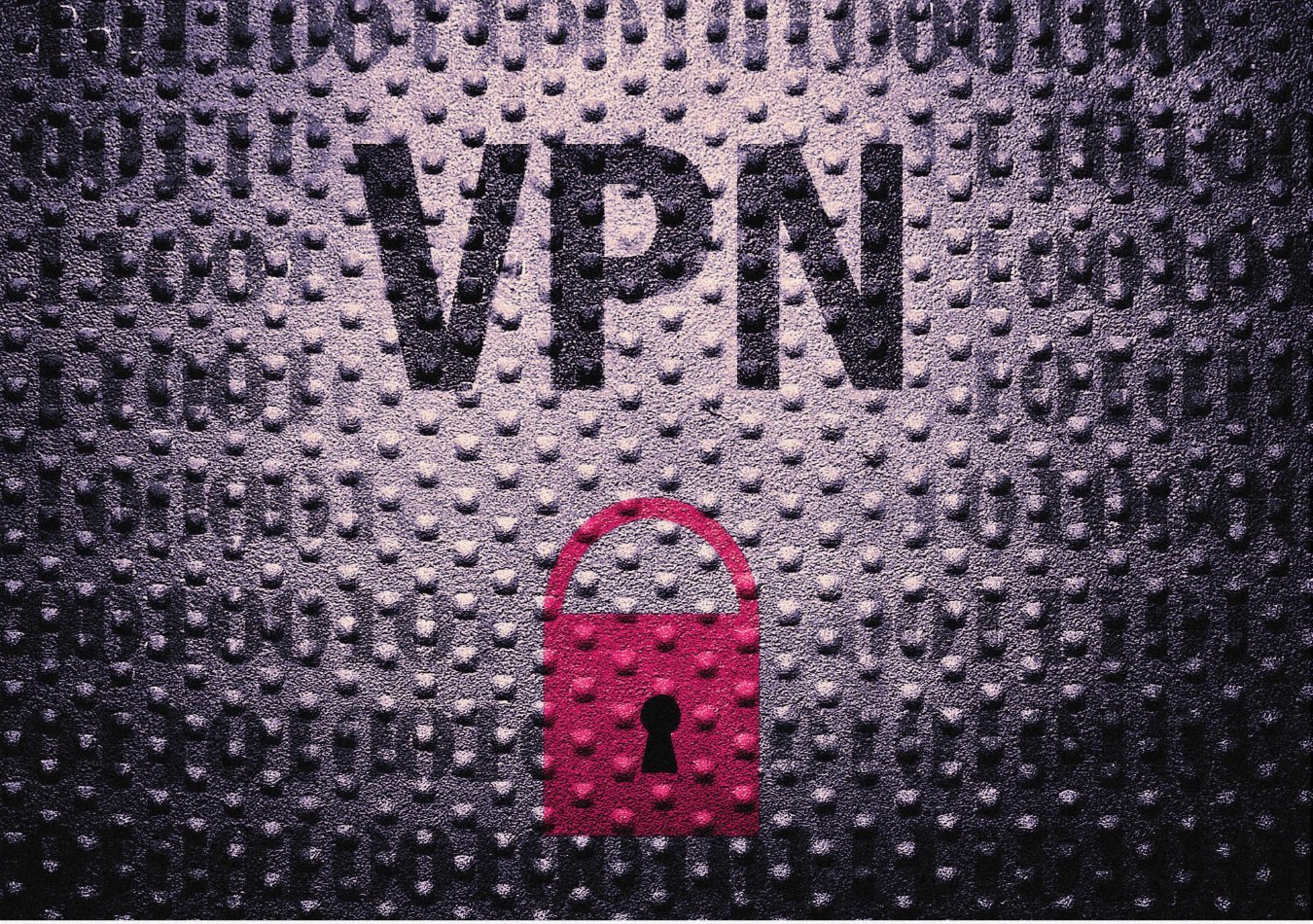With organizations rapidly expanding and embracing remote work, vast amounts of data are constantly being processed online.
Unfortunately, such a situation also makes both user data and organizational data vulnerable, leaving opportunities for malicious attackers to exploit and gain access to personal information.
This is where Virtual Private Networks (VPNs) come into play. They help protect the data of individual users in organizations even when they are working remotely.
According to Exploding Topics, 1.5 billion people use VPNs in the world. Among them, 93% of organizations are currently using a VPN. Today, the global VPN market is worth $44.6 billion and is projected to grow to $87.1 billion by 2027.
This article tells you everything you need to know about Virtual Private Network (VPN), what it is, why it’s needed, how it works, and how to get it.

What is a VPN?
A Virtual Private Network (VPN) is a type of technology that supports encryption of data by establishing a secure connection for a device over the internet. It protects a user’s privacy and data by masking their IP address through encryption.
VPN as a secure internet service prevents unauthorized parties from eavesdropping on the traffic and allows the user to conduct work remotely according to CISCO. The Internet acts as a tunnel that manages the traffic of transmissions sent securely on these virtual networks, creating an encrypted connection.
The National Cyber Security Centre defines Virtual Private Networks (VPNs) as a network that allows organizations to provide secure connectivity between devices in physically separate locations. This guidance helps administrators choose, deploy, and configure VPNs for their organization while individuals typically use VPNs for different reasons, and so are not covered in this guidance.
Why do we need VPNs?
VPNs are necessary to securely access the internet without an individual’s personal information being exposed when surfing a website. When individuals are browsing on the internet, their IP addresses are exposed. Consequentially, the Internet Service Provider (ISP) has access to their user's browsing habits as they have it in record owing to the exposure of IP addresses.

Cloudflare says that the data flowing between the user's device and the web server is encrypted, creating opportunities for malicious actors to spy on the data or perpetrate attacks on the user such as an on-path attack.
This is where VPNs come in. They serve as a service that blocks out attack opportunities for hackers or malicious actors. It strives to secure the transferring data in an encrypted manner when the network cannot be trusted which is particularly beneficial for corporate environments.
For instance, NCSC lists some advantages of using VPN networks including:
- VPN facilitates legacy applications like SMB file servers to function remotely despite them not being developed for such conditions.
- VPN defends against “misconfigured,” “unpatched,” or “poorly designed internal services” such as neglected intranet websites or when these sites use legacy cryptography.
- VPNs protect internal network servers from external and unauthenticated attackers by securing the networks. This is carried out by only granting network access to authenticated devices such as file stores or databases.
- VPN also protects user devices from network attacks. It prevents direct connections to and from the local network such as ARP spoofing attacks or attacking open network interfaces on the mobile device.
- VPN drives traffic between a device and external services via internal, protective monitoring tools that protect against various threats. For instance, it inspects web content for malicious code.
- VPN helps organizations with business monitoring and filters users’ network traffic which with legalities, boosts discipline and ensures duty of care. For example, blocking access to illegal websites.
How does a VPN work?
VPN creates a secure connection between the users’ devices and the internet by establishing a VPN tunnel. This is in the form of an encrypted connection compatible across users' electronic devices such as their computers, tablets, or smartphones for a safe and secure internet connection.
The secure service is widely used in corporate environments as the VPN provides a safe transfer of data even in unreliable networks. Such a safe system also allows remote workers to access the corporate network securely because of the established secure virtual network.
Cloudflare breaks down the procedure of establishing a VPN connection in 4 steps:
- The VPN client (VPN software installed on the user’s device) connects to the ISP using an encrypted connection.
- The ISP connects the VPN client to the VPN server, maintaining the encrypted connection.
- The VPN server decrypts the data from the user’s device and then connects to the Internet to access the web server in an unencrypted communication.
- The VPN server creates an encrypted connection with the client, known as a ‘VPN tunnel’.
How to set up a VPN?
The process of installing a VPN is different for Apple and Android devices. VPNs can be set up by first selecting a reliable network server to configure to the user's device. These networks come with different names such as Anti, Alarm, Firewall, Mechanic, Malware, protection, Security, Shield, Spy, Trust, and Virus according to Apple.
Apple suggests iPhones, iPads, AppleTV, or Apple Vision Pro users look for VPN applications, firewall applications, antivirus applications, parental-control applications, and content blockers on the Home Screen. Mac users can locate the VPN apps in the Applications folder or look it up in Finder. Once these applications are found, users can subscribe and use the features to turn them off or on.
Similar to Apple users, Android users too can download a VPN application from the Google Play Store or the device’s administrator application store. They can then sign up and connect to a server button to be private online. According to Security.org, users can follow these steps to activate VPN on their Android devices:
- Click on Connections.
- Click on More connection settings.
- Hit VPN.
- Tap the three dots in the upper right corner and hit “Add VPN Profile.”
- Enter the VPN information.
- Click Save.
Note: If the VPN is already set up and available in your list of VPN profiles, you can connect to it via the Settings icon next to the VPN name.







Comments ( 0 )